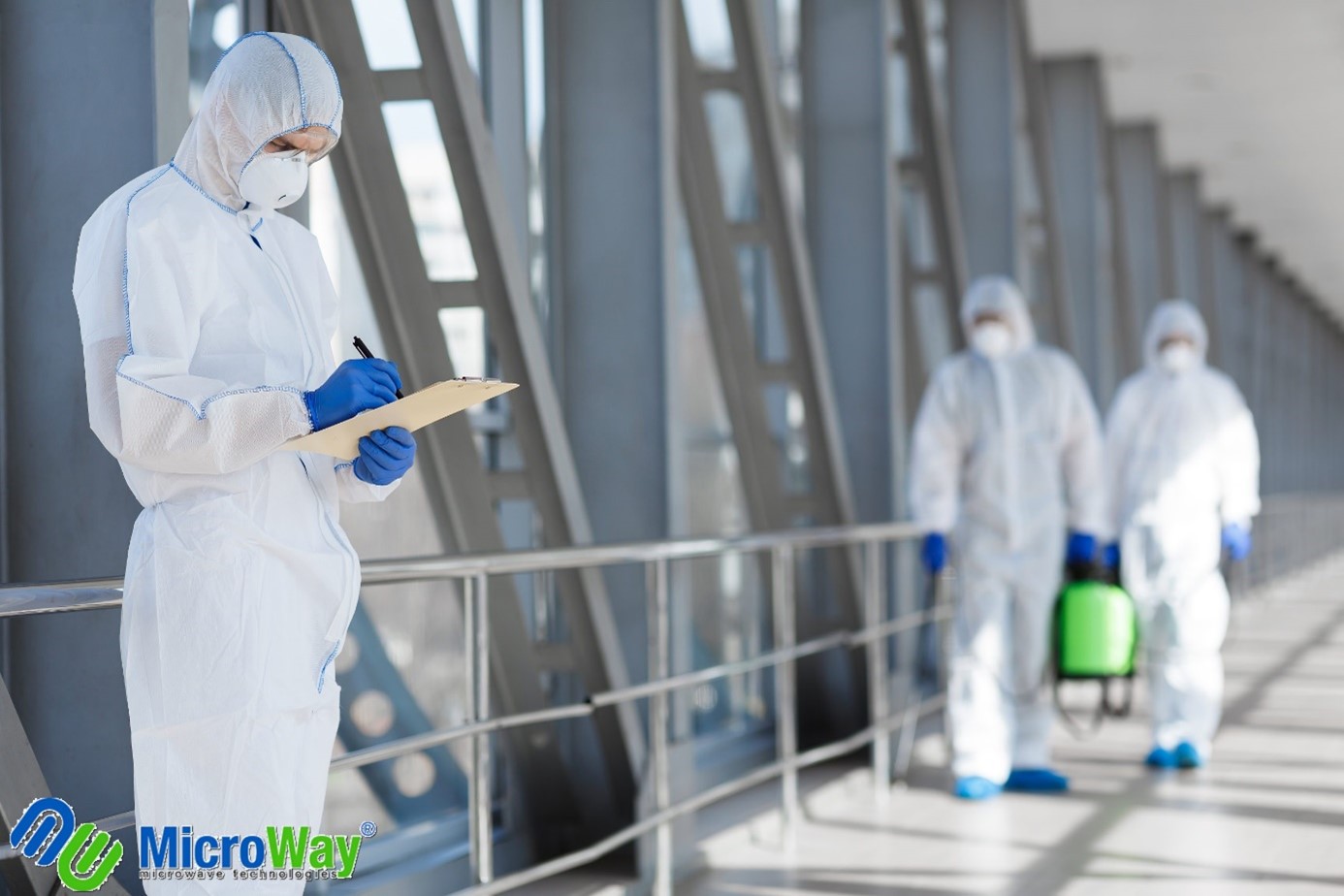 Introduction:
Introduction:
Fumigation is a widely employed method in pest control, involving the use of gaseous substances to eliminate or control pests infesting various commodities, structures, or environments. This article provides an in-depth exploration of the process, its applications, and considerations in ensuring effective pest management.Get acquainted with the production capacity of the Microway brand.
Understanding Fumigation:
Fumigation is a pest control technique that involves exposing an area or a commodity to a toxic gas to eradicate pests. This method is commonly used in agriculture, storage facilities, shipping, and building structures. The gaseous agents used in fumigation penetrate porous materials, reaching areas that traditional pest control methods might not access.
Commonly Used Fumigants:
Several chemicals are employed as fumigants, each with specific properties and applications. Common fumigants include:
- Methyl Bromide: Historically widely used, though its usage has been restricted due to environmental concerns.
- Phosphine Gas: A widely used fumigant for stored grains and various commodities.
- Sulfuryl Fluoride: Used for structural control termites and other wood-destroying pests.
Applications of Fumigation:
- Agricultural Fumigation: is extenively used in agriculture to protect crops and stored grains from pests. It ensures the preservation of quality and prevents post-harvest losses.
- Structural Fumigation: Buildings and structures infested with wood-destroying pests, such as termites, often undergo structural fumigation to eliminate hidden infestations and prevent further damage.
- Commodity Fumigation: of stored commodities, including grains, pulses, and dried fruits, safeguards against infestations during storage and transportation.
- Quarantine Fumigation: International shipping often requires quarantine to ensure that pests are not transported across borders. This is crucial in maintaining global biosecurity.
Fumigation Process:
- Preparation: Proper preparation involves sealing the area, covering or removing exposed food, and ensuring the safety of personnel involved.
- Application: Fumigants are introduced into the sealed area in a controlled manner. This may involve injecting gas directly into the commodity or releasing it within an enclosed space.
- Exposure: The exposure phase allows the fumigant to permeate the treated area, reaching all pest-infested spaces. This period is critical for the effectiveness of the process.
- Aeration: After the required exposure time, the area is ventilated to remove residual gases and make it safe for human and animal occupancy.
Considerations and Safety:
While is effective, it requires careful consideration of safety measures. Properly trained and certified professionals should conduct and safety protocols must be followed to protect both humans and the environment.



